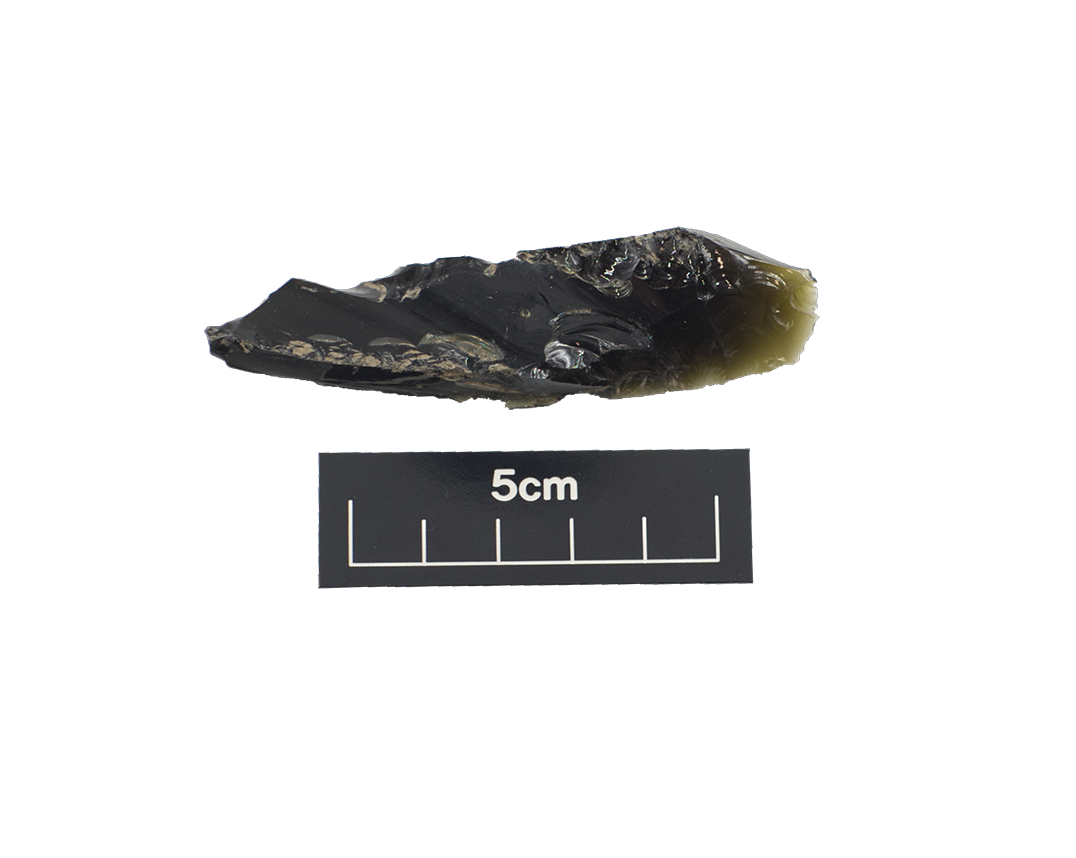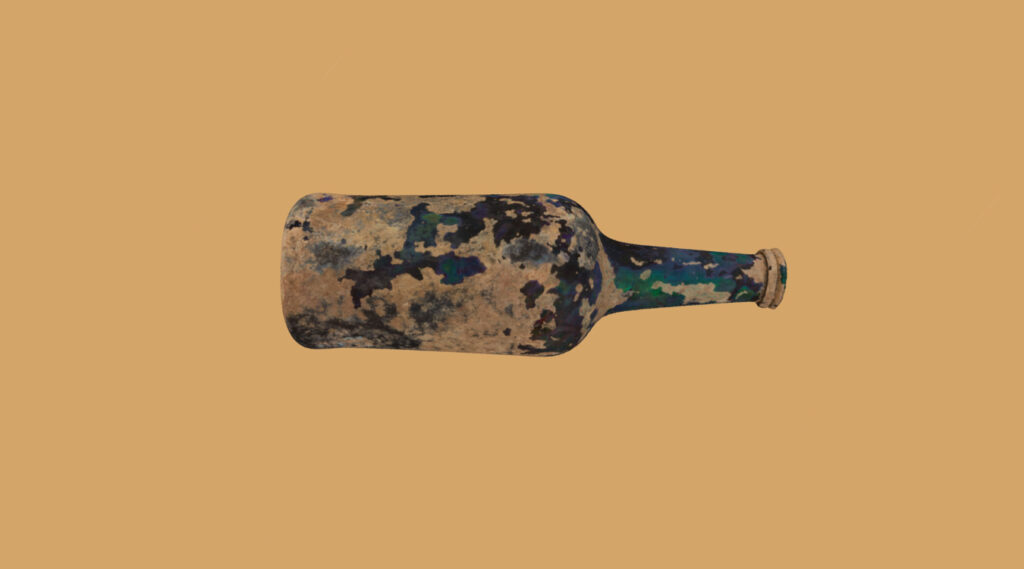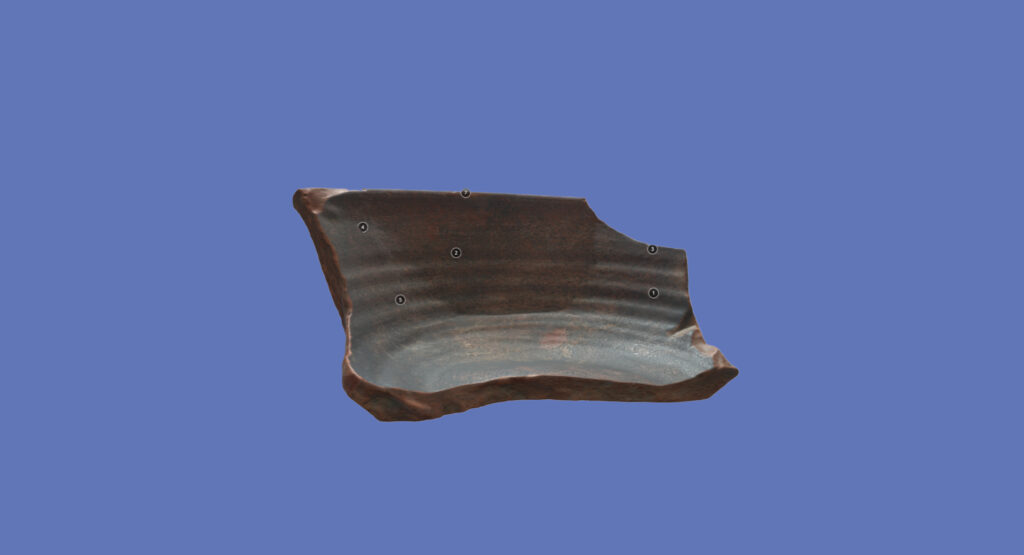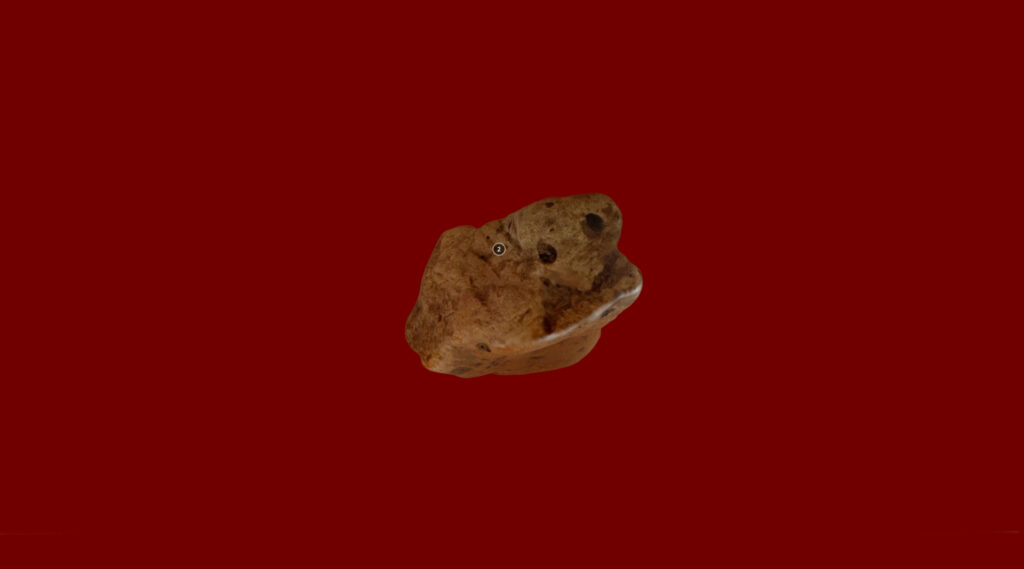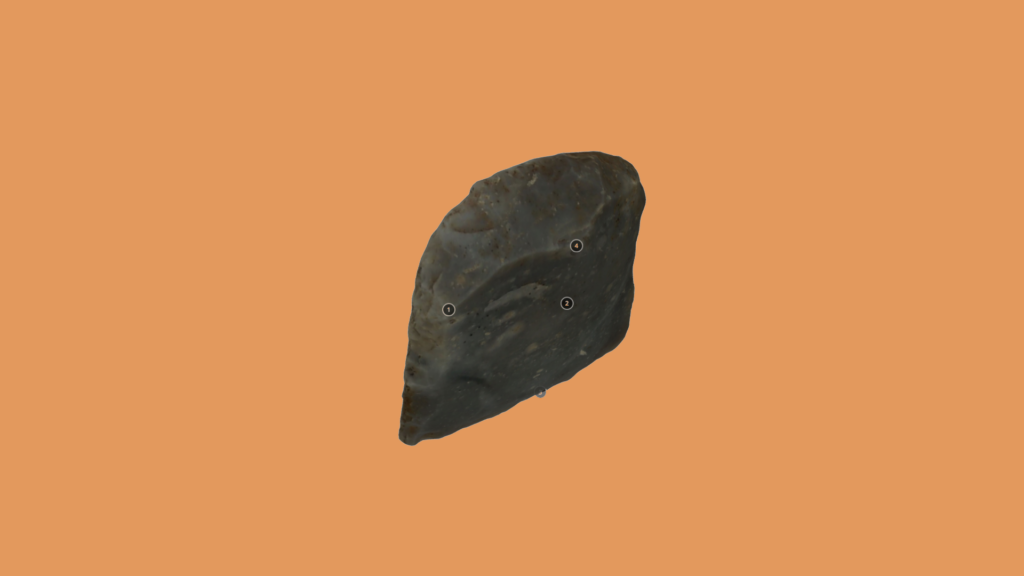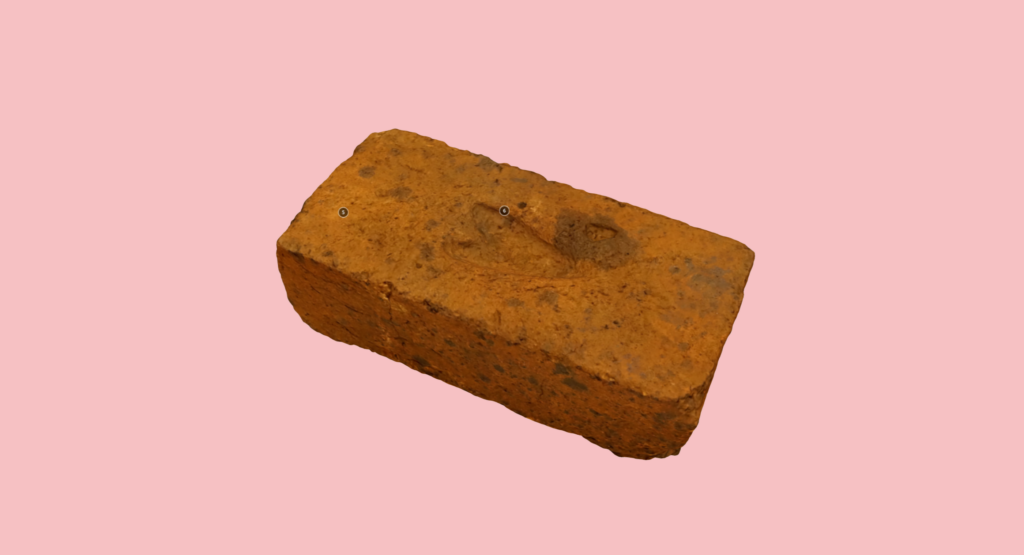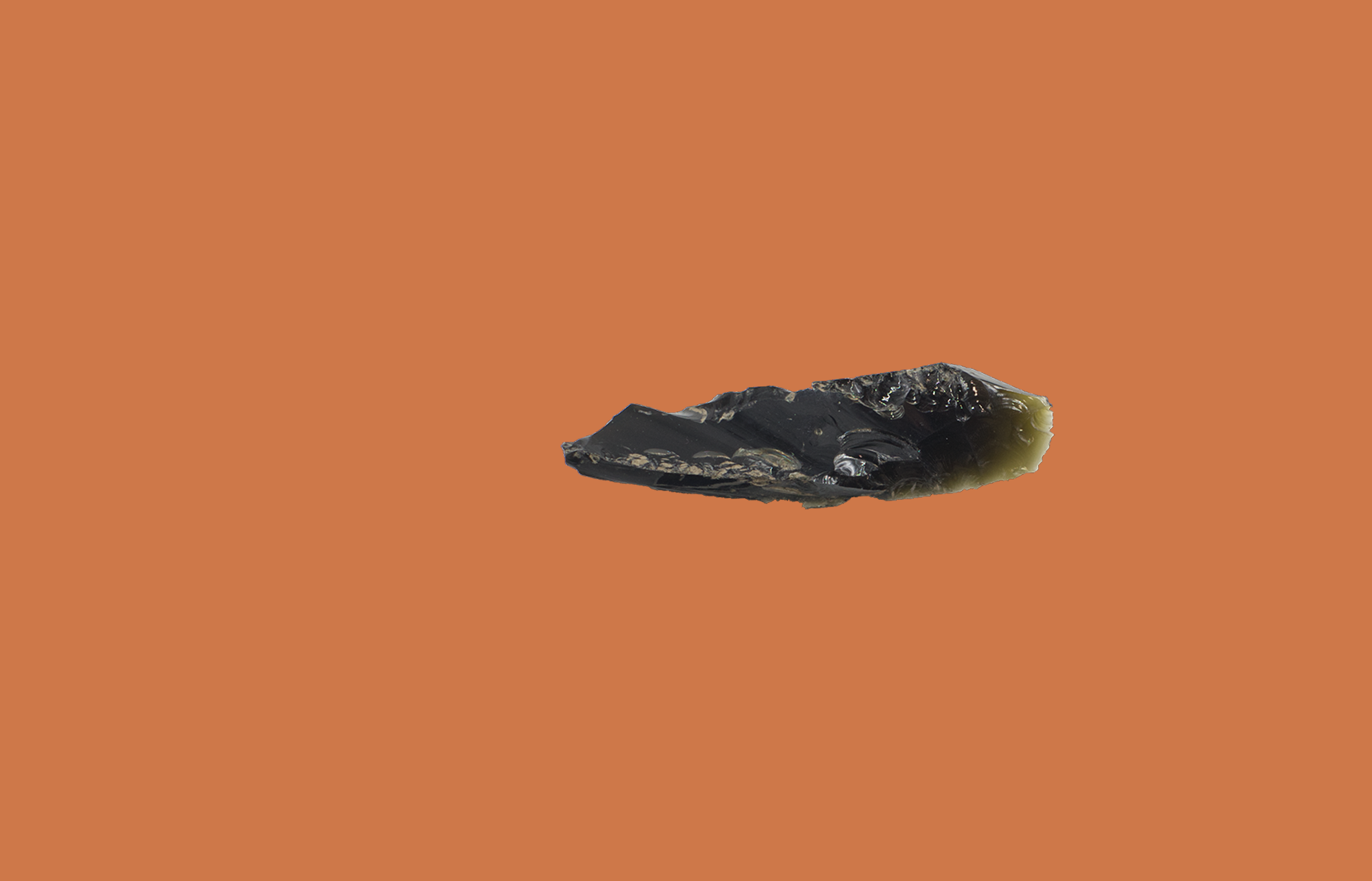
A cut above
As part of National Archaeology Week, GML's team of archaeologists are sharing some of the First Nations and historical artefacts that they have uncovered in the field.
Knapped glass
One of the less common artefacts that show up on early European sites are broken glass bottles which were adapted by First Nations Peoples to make sharp blades for cutting and processing tools and foods.
These tools provide archaeologists with important evidence of the early contact between European and First Nations Peoples and show one of the many ways that First Nations Peoples quickly adapted techniques and traditions which were millennia-old in a rapidly changing environment.
These artefacts belong to a phase which extended from the moment of European invasion until a point when changes to the environment and social systems of First Nations Peoples had become so entrenched that the continuation of many traditions were no longer possible.
Unlike stone artefacts, it can be difficult to identify glass which was deliberately used by First Nations Peoples for tool making, especially if observation under a microscope doesn’t show evidence of use.
This piece of black to olive green bottle glass was manufactured sometime between 1750 and 1865 and was likely either part of a core from which tools were flaked off, or it was used as a tool itself.
The piece had four scars on the inner surface of the bottle which suggested there was deliberate, repeated flake detachments. Because glass can break in unusual ways archaeologists also consider features that may have been caused by accidental damage.
Explore other artefacts found by our team of archaeologists below.
